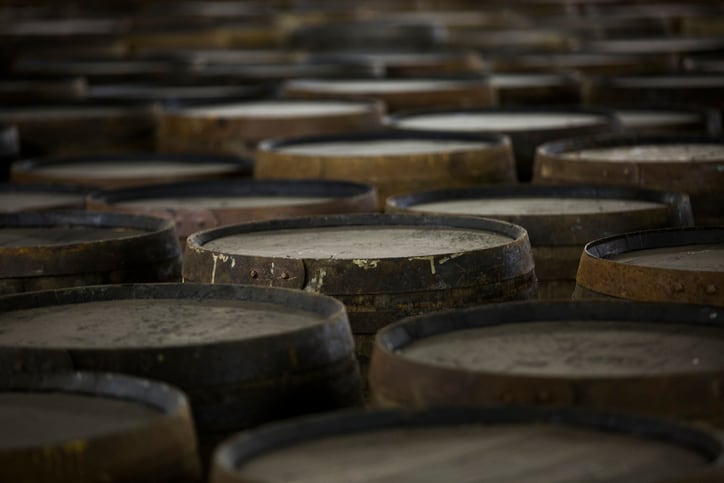Scotland became the first country in the world to introduce MUP in May 2018, after a lengthy legal battle in Scottish, UK and European courts.
Supporters of MUP say that setting a minimum price - 50 pence per unit of alcohol in Scotland - can help tackle damage caused by cheap, high strength alcohol (prior to the introduction of MUP, it was possible to buy 14 units for just £2.52 in Scotland).
While MUP is associated with reductions in consumption among heavier drinkers overall, new research suggests the policy fails to reach key demographics.
The study's authors find MUP was not associated with reduced consumption in younger, more deprived or heaviest drinking men – those the policy was primarily designed to target.
Impact of policy on individuals presents different picture to overall averages
Previous evaluations of the MUP policy in Scotland to date have been positive, showing a general fall in alcohol purchases, use and heavy drinking.
However, the researchers of the new study counter that these have been focused on overall alcohol sales or household expenditure: instead basing their research on the basis of gender, existing drinking patterns, age, and level of social and economic deprivation.
They drew on data from the KWP Alcovision survey, an ongoing cross-sectional online diary survey of the previous week’s alcohol consumption, which annually samples around 30,000 adults in Great Britain. Respondents provide information on their alcohol consumption over the previous 7 days, including details on brands, types, and total volume consumed.
The researchers compared the figures for Scottish adults with English adults, both before and after the introduction of the MUP in Scotland.
They also compared Scottish adults with residents in Northern England (North West, North East, and Yorkshire and Humber regions), on the grounds that the drinking culture in these regions is similar.
The final analysis included drink diaries from 106,490 respondents (53,347 women and 53,143 men) from England and Scotland between 2015 and 2018. An average of 512 diaries were completed every week.
Larger reductions in women than men
Average reported weekly consumption for all respondents was just under 126g for men and just over 71g for women.
Compared with residents in England, MUP was associated with a drop in reported weekly total alcohol consumption of just under 6g a week - representing a fall of just over 6%.
The reductions were larger for women (8.6g a week) than for men (3.3g a week), both when compared with England as a whole and when compared with just Northern England. And while reductions were greater among heavier drinkers than lighter drinkers, this wasn't the case for the 5% of heaviest drinking men where consumption increased by 10%.
Falls in consumption were greater among older people and those living in less deprived areas. But MUP wasn’t associated with a fall in consumption among men aged under 32 and those living in the most deprived areas.
The researchers acknowledge the findings rely on subjective assessments of alcohol drunk and the observational study cannot establish cause. Nor do they claim to fully represent all those who drink alcohol.
But they conclude: “When the Minister for Public Health, Sport and Wellbeing introduced the 2018 alcohol policy framework, he emphasized that the implementation of the MUP was strongly motivated by an interest in decreasing health inequalities through a reduction in alcohol consumption among the heaviest and most vulnerable drinkers.
“Our results indicate that this goal may not be fully realized: first, we found that women, who are less heavy drinkers in our data and in almost all surveys worldwide to date, reduced their consumption more than men; second, the 5% of heaviest drinking men had an increase in consumption associated with MUP; and, third, younger men and men living in more deprived areas had no decrease in consumption associated with MUP.
“If indeed the findings of our study are corroborated, then additional and/or different pricing mechanisms may need to be considered.”




